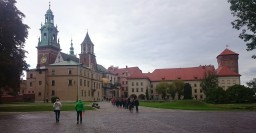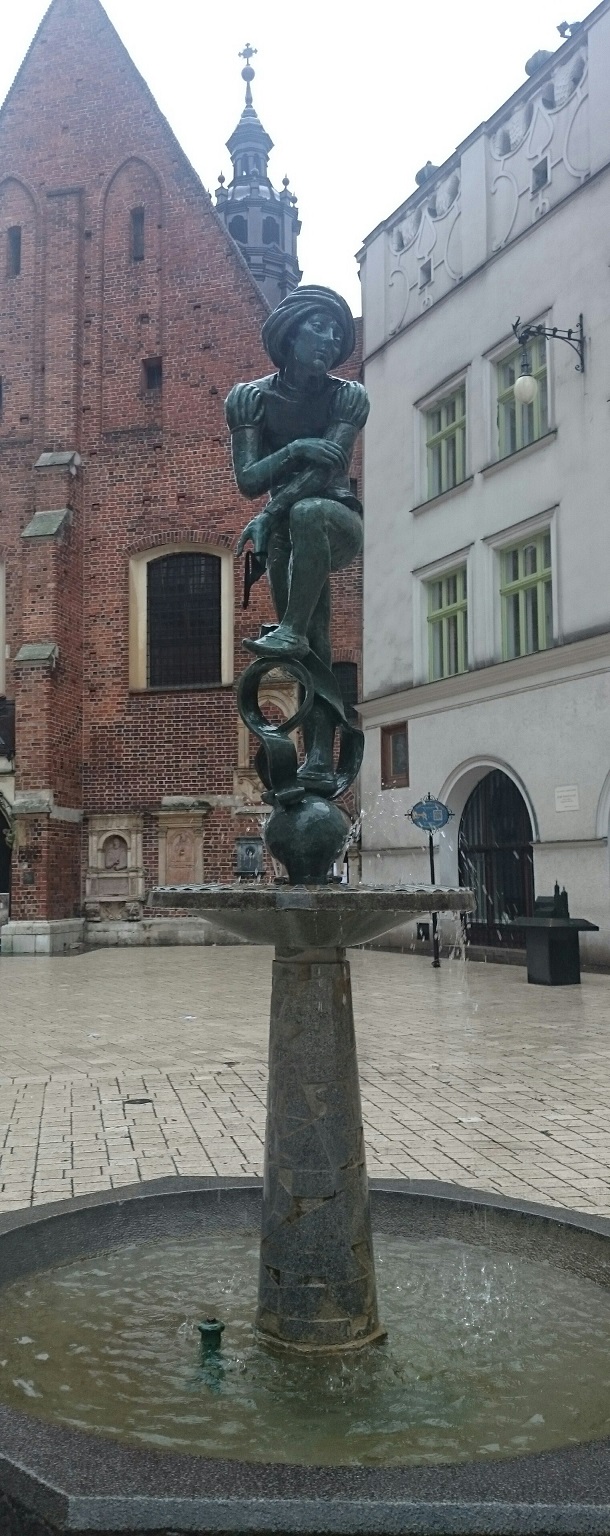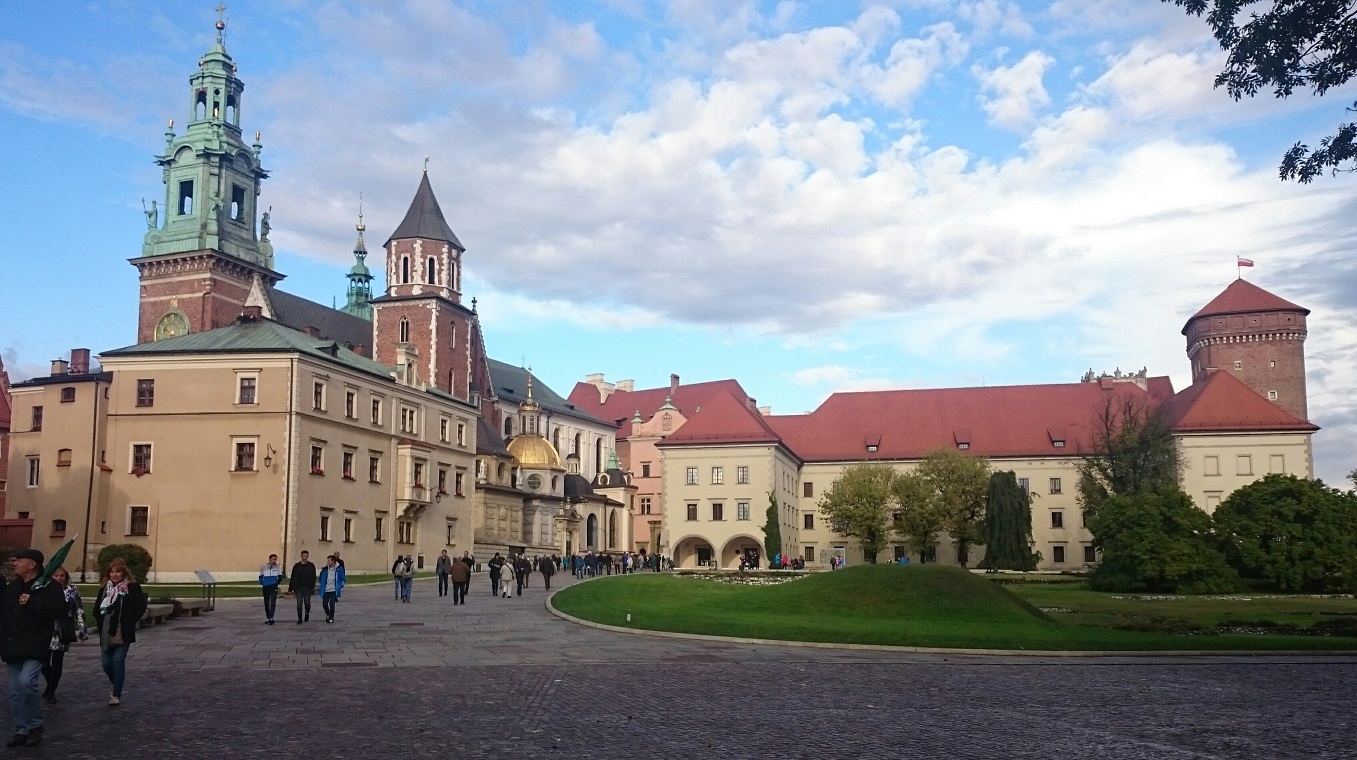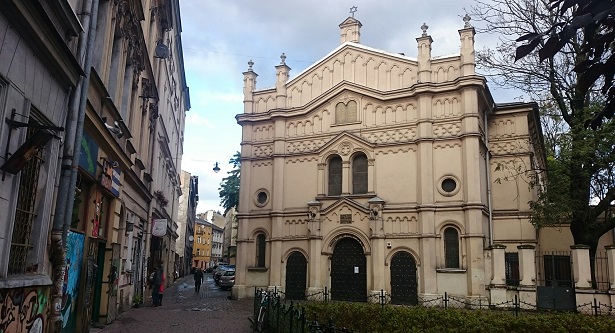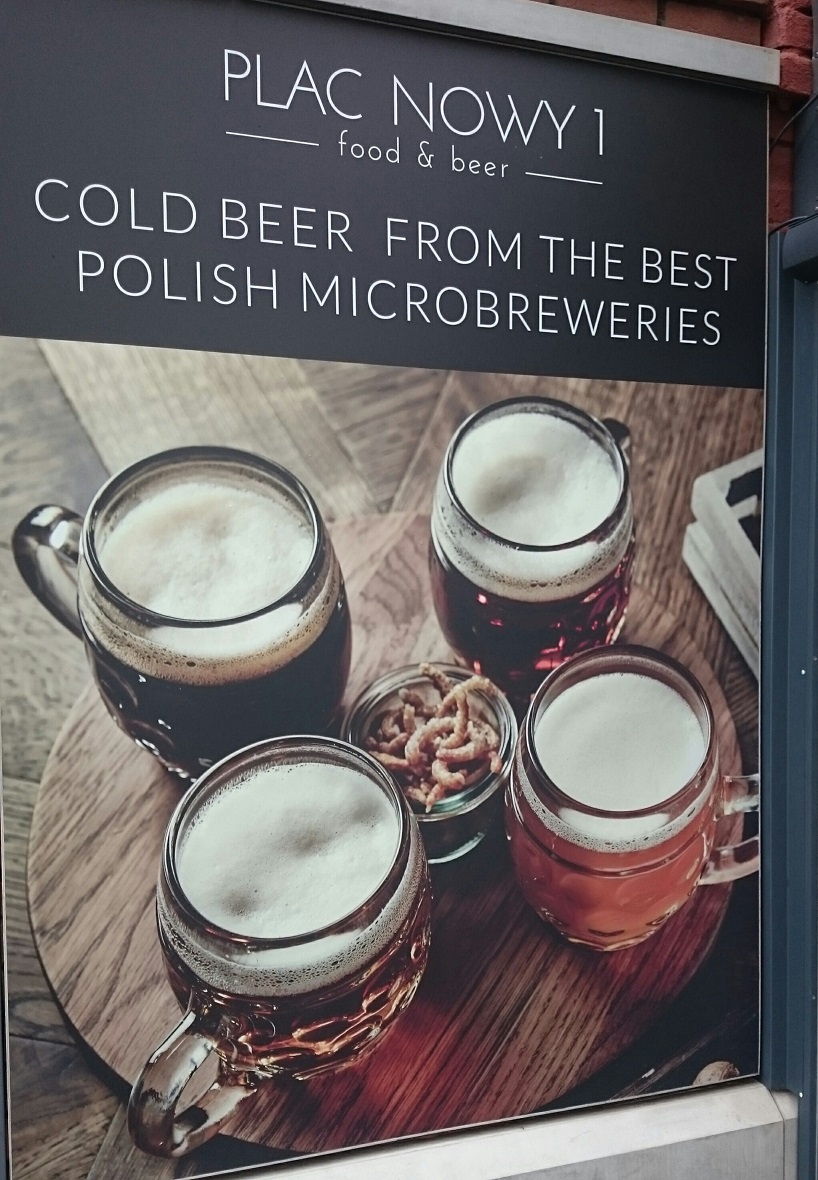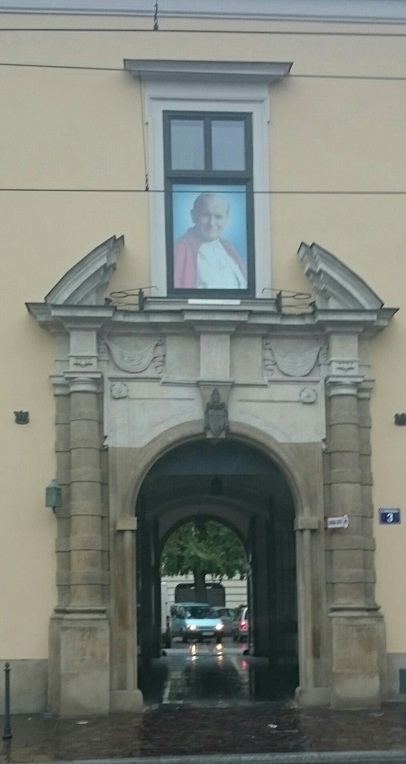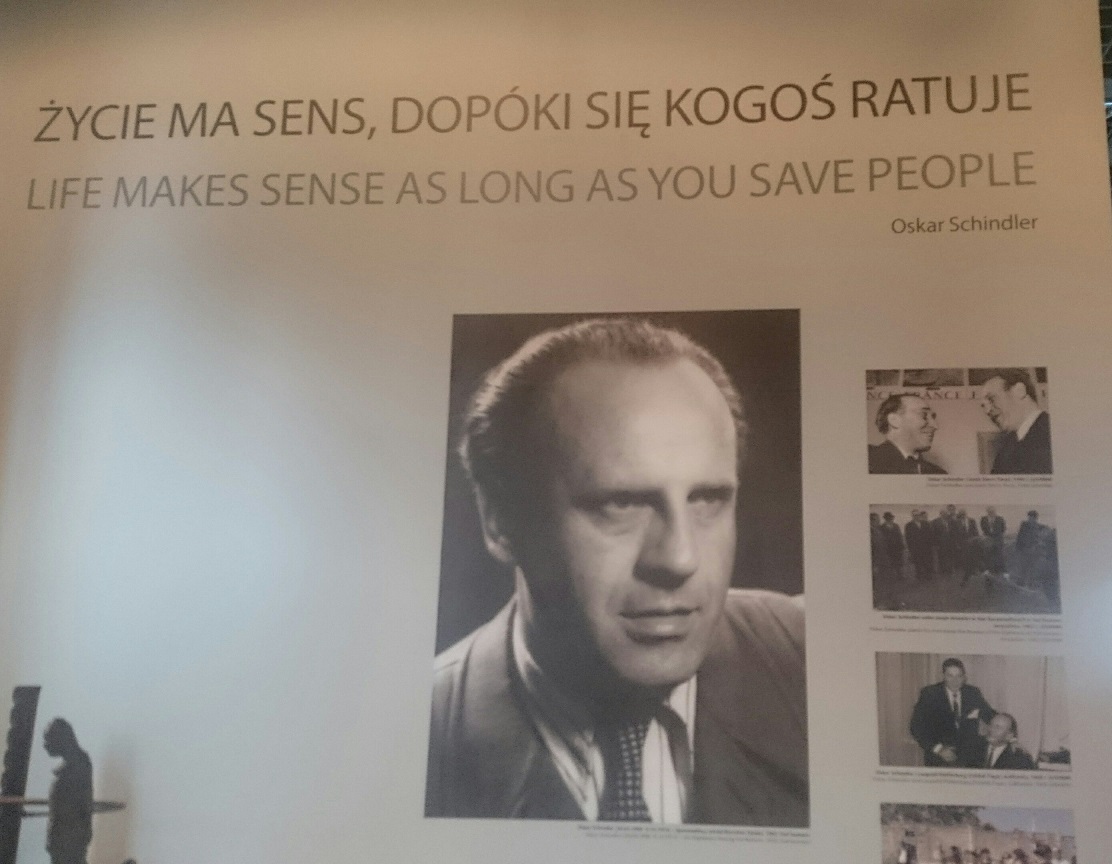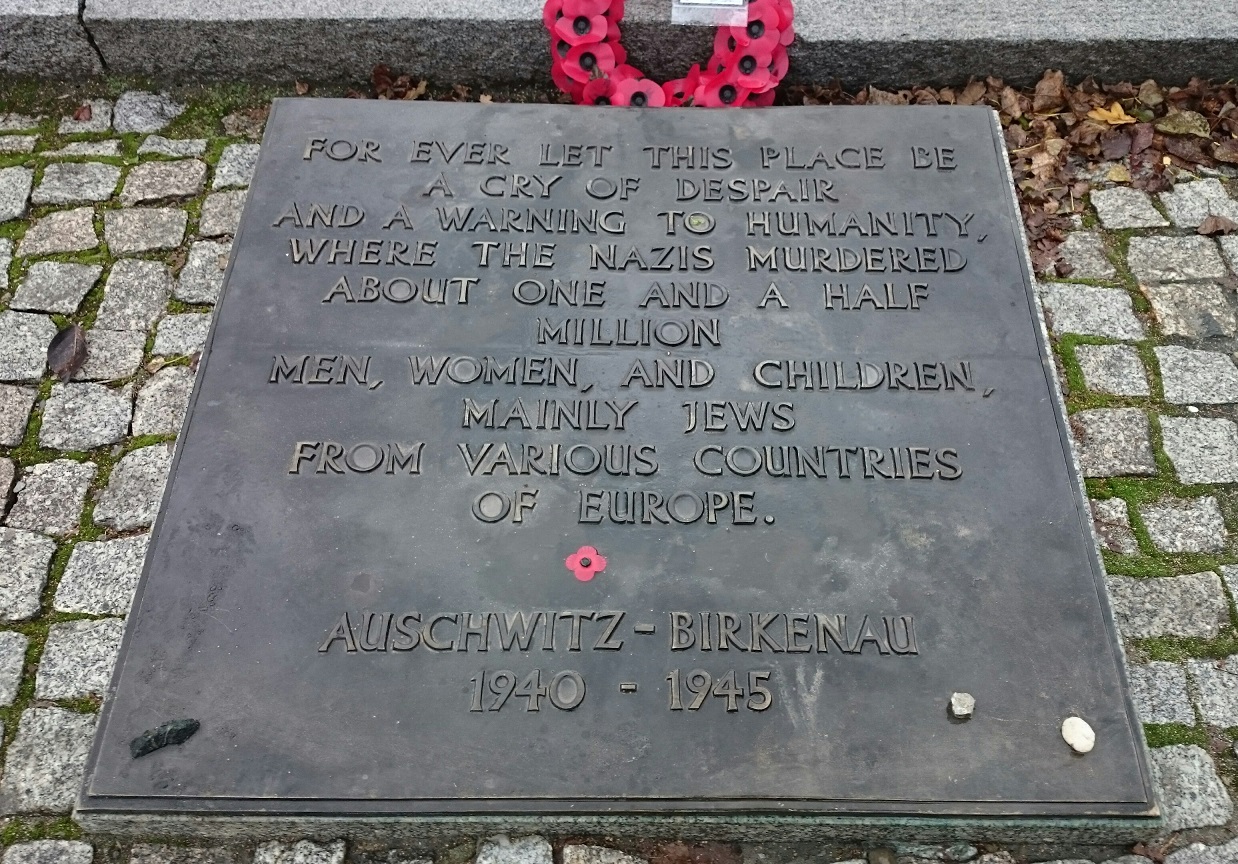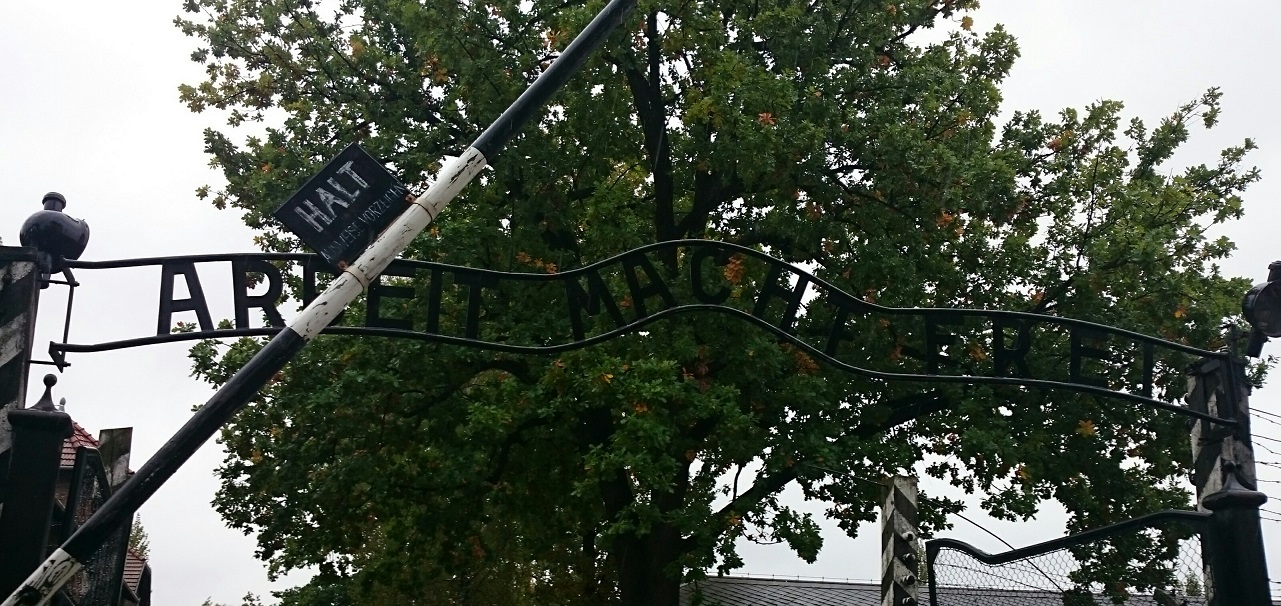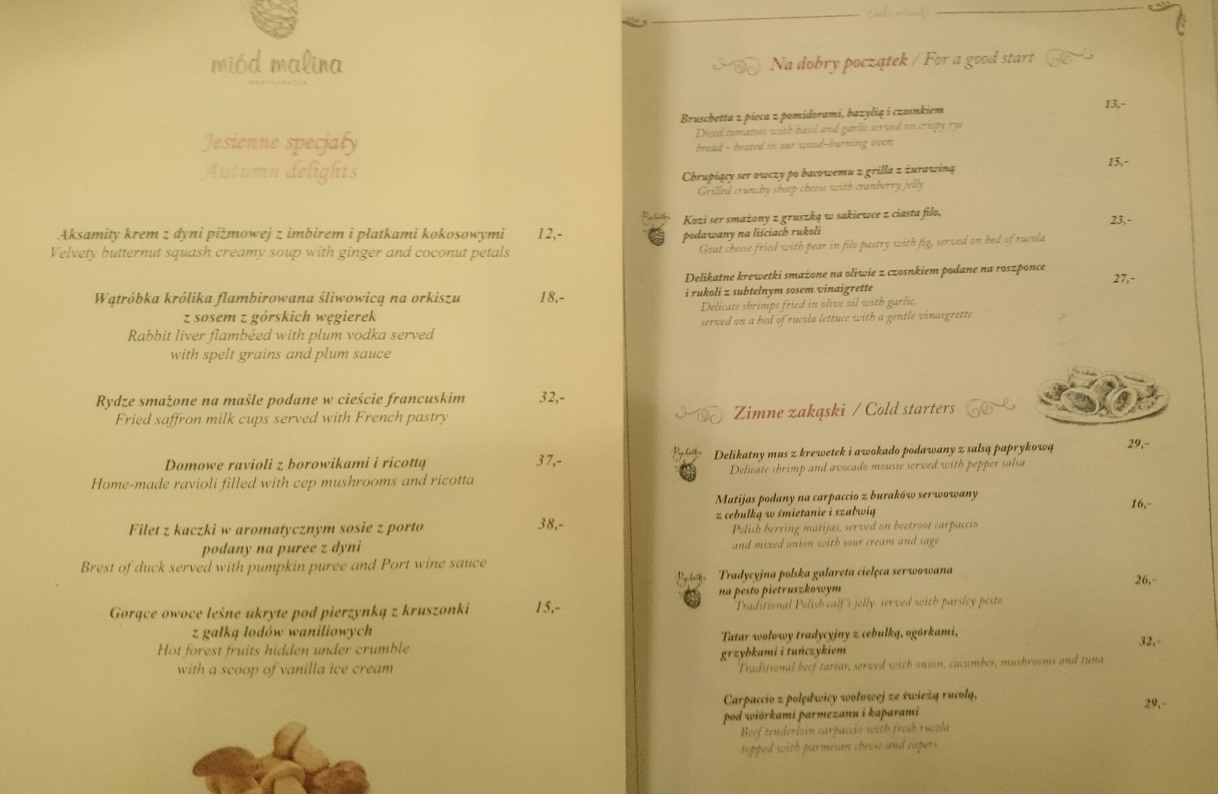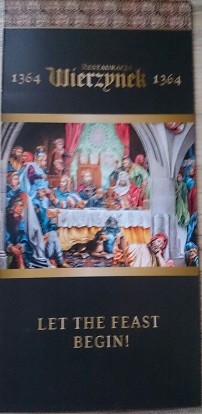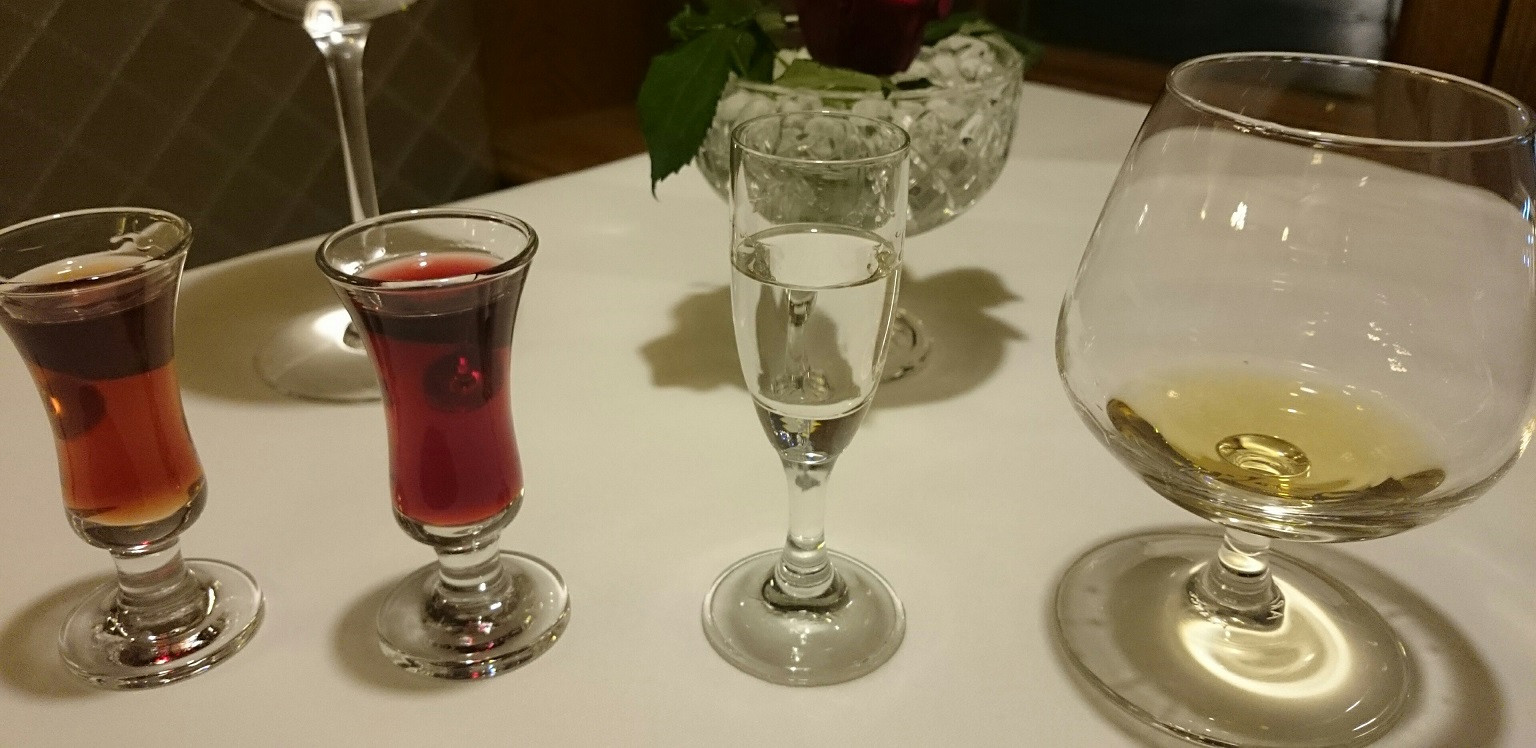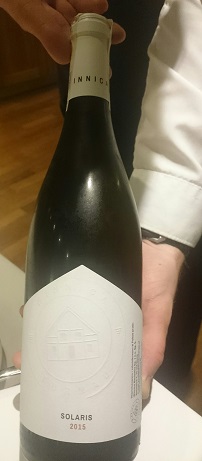Mention Poland to travellers and eyes are raised.
‘Why are you going there?’ is a typical query.
As if I needed a reason to visit one of Europe’s most interesting countries.
The Polish quandary. It’s off radar for many Europe bound travellers. No one asks me why I go to France, Italy or the UK. Popularity explains everything supposedly.
Krakow was the capital city until the ruling Swedish king moved it to Warsaw in 1596. It remained the capital of the Grand Duchy of Krakow from 1846 until 1918.
Which largely accounts for its impressive public buildings.
Unlike Warsaw, sadly bombed to smithereens in WW2, Krakow retains its historic Old City (Stare Miasto) and Jewish Quarter (Kazimierz) almost intact.
Krakow University where Copernicus studied astronomy and mathematics helps sustain a lively student atmosphere; beer bars and wine infused bistros pepper the central city like ubiquitous Polish pickles.
With a population fewer than 1 million it’s also comparatively easy to navigate, a pedestrian’s paradise with parklands encircling the central district and an efficient tram network that reaches most everywhere a visitor would be interested in.
A Polish Australian connection is long standing.
Explorer Sir Pawel Edmund Strzelecki was commissioned by NSW Governor Sir George Gipps to survey what eventually became Gippsland. While surveying the Australian Alps in 1840 he named Australia’s highest point in honour of Tadeusz Kosciuszko, one of Poland’s most important national heroes.
The connection is a curious one for visitors. Just outside Krakow is an artificial hill, constructed in 1823 in commemoration of Kosciuszko. It’s simply called ‘Kosciuszko’s Mound’. Apparently when Strzelecki saw Australia’s highest peak it reminded him of the mound.
Krakow’s dominant sight is the Wawel Castle set on a rise overlooking the Vistula River. Not just one building but several command this impressive position. Polish royal families lived within its walls, kings and queens were crowned. In 1930 the complex became a national museum and now comprises ten separate curatorial departments from medieval tapestries to Renaissance art, armour to princely relics. The Polish crown jewels are here but they’re outshone by the coronation sword, ‘Szczerbiec’ in terms of cultural significance.
The most famous face in art is Da Vinci’s ‘Mona Lisa’. The Louvre in Paris is lucky to have her. From my point of view his ‘The Lady with the Ermine’ in Krakow’s Vavel Castle (where she has her own room in the Czartoryski Museum) is equally mesmerising. The day I visited her it was late, about an hour before 5pm when the museum shuts its doors. During my hour with this masterpiece I was alone except for a single grumpy Polish guard. Ms Grumpy pointedly looked at her wristwatch whenever she caught my eye in case I overlooked closing time. Photography is prohibited inside the room where the exquisitely dressed young lady, a little white weasel held tentatively in her arms, gazes into space as if she ruled it, mysterious as her sister-in-fame the ‘Mona Lisa’. A well written history of the painting, its inception, subject and how it came to Krakow is in the adjacent room; photography is allowed there. wawel.krakow.pl
The Old City (Stare Miasto) is a delight. A huge square occupies pride of place; it’s where you’ll find a fairly constant movable feast of humanity in all its guises. The wonderful Cloth Hall houses a market and is surrounded by cafes.
The square’s St Mary’s Basilica is the city’s largest church. Each hour, seven days a week, a single trumpeter emerges from its highest spire and plays the ‘Hejnal Mariacki’, a kind of national anthem. The trumpeter cuts off mid song in remembrance of when the original player was shot in the throat during a Mongol attack in the 13th century.
The noon performance is played each day on Polish national radio.
It’s a stirring memory. I waited for the trumpeter to face down on me (and some 20 patiently waiting primary school students). He plays the same interrupted tune four times facing the four compass points. Occasionally he waves down to the adoring crowds. The kids went wild cheering—as did I.
The Kazimierz (Jewish Quarter) is where many of Krakow’s funkiest bars and micro-breweries are located. The city’s oldest synagogue is also there.
Though Krakow is overwhelmingly a Catholic city (Pope John Paul 2 hailed from Krakow. He was the city’s Cardinal Karol Jozef Wotyla until attaining the papacy in 1978. His ongoing presence is strong in Krakow), its Jewish past remains strong, perhaps nowhere felt with more passion than in the newish Oskar Schindler Museum across the Vistula from the Old City.
Housed in the original Enamel Factory owned and run by Schindler, this is an obligatory attraction for all visitors to Krakow. Even if you haven’t read Thomas Keneally’s ‘Schindler’s Ark’ or seen Steven Spielberg’s film ‘Schindler’s List’, this museum will inform both the mind and heart.
Approximately 45 minutes’ drive west of Krakow are the twin camps run by the Germans during WW2: Auschwitz and Birkenau.
The former was both a work (so-called concentration) camp and death factory, the latter operated solely as a death camp.
Guided visits are conducted daily. During busy summer months, booking in advance is recommended. Organised transport and a tour to both camps may be arranged in Krakow via numerous tour operators.
Some 3 million visitors pay their respects here. To say it’s a humbling experience is wildly understated.
Everyone feels differently, some weep openly, some remain silent. I witnessed nervous laughter and occasional inappropriate behaviour, such as taking pictures despite signs indicating photography is prohibited.
My personal belief is that everyone should visit here, if only as a reminder of the depths to which human depravity and cruelty will sink. Its opposite, that hope prevails if we bear in mind hatred and intolerance are no solutions to imaginary problems based entirely on ignorance and fear, is a lesson humanity continues to learn.
With hand on heart I highly recommend a visit to Krakow and Auschwitz/Birkenau. There’s much to see in this region; I’ve only highlighted the obvious. Dig deeper and find rewards.
I’m already planning my next visit.
Naked Eats:
Poland’s dining scene is far better than I anticipated. Three Krakow restaurants impressed me in particular, all three in the Old City:
Miod Malina for its refreshing take on traditional Polish food.
Wierzynek is a rambling historic restaurant (over 300 years serving the Polish elite) in the Main Square. Well prepared dishes focused on game and other local ingredients. Polished (pun intended) service is geared up for tourists. Try the Vodka flight.
Albertina was my favourite. Service is friendly and informed. A terrific place to sample Poland’s surprising array of decent wines while chowing down on food cooked with a deftly light touch.
Naked Sleeps:
The modern Galaxy hotel may not be deluxe but it offers clean rooms, helpful employees and a warm welcome in a convenient location. Easy walking distance to the Oskar Schindler Museum, the Jewish Quarter and Old Town.
Naked Tips:
A Krakow Card is handy for entry to most attractions, public transport included. See www.discovercracow.com
Also: www.krakow.pl/english and www.krakow-info.com
Tom Neal Tacker travelled to and visited Krakow as a guest of RailEurope (www.raileurope.com.au) and Krakow Tourist Board

